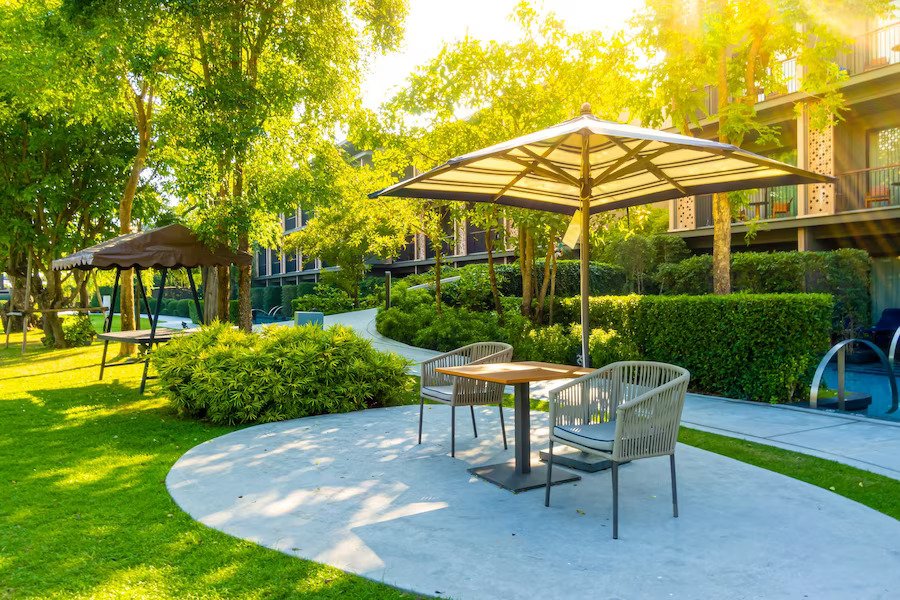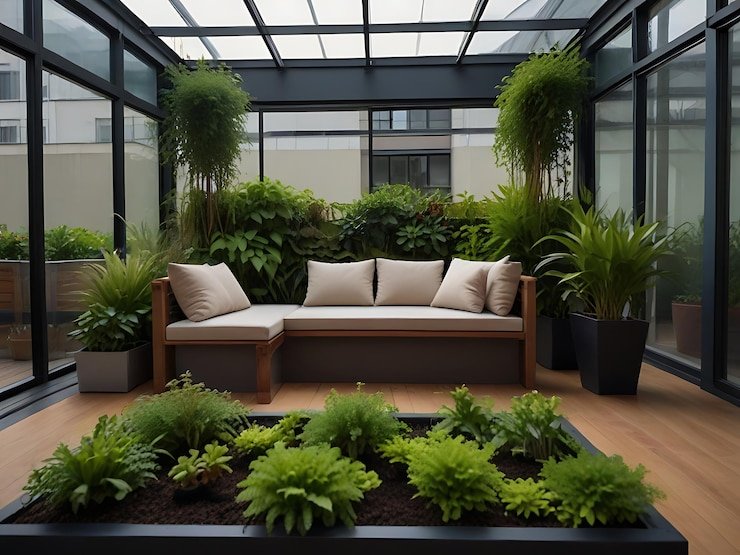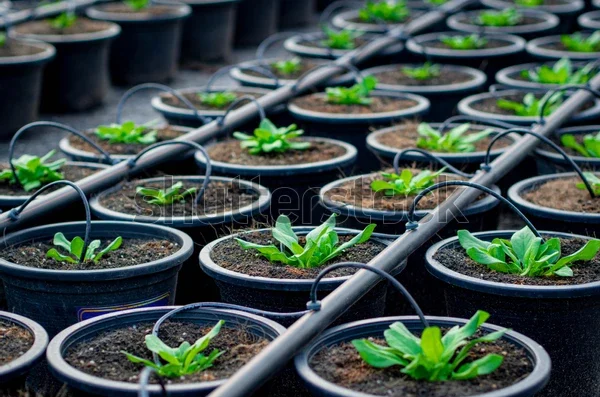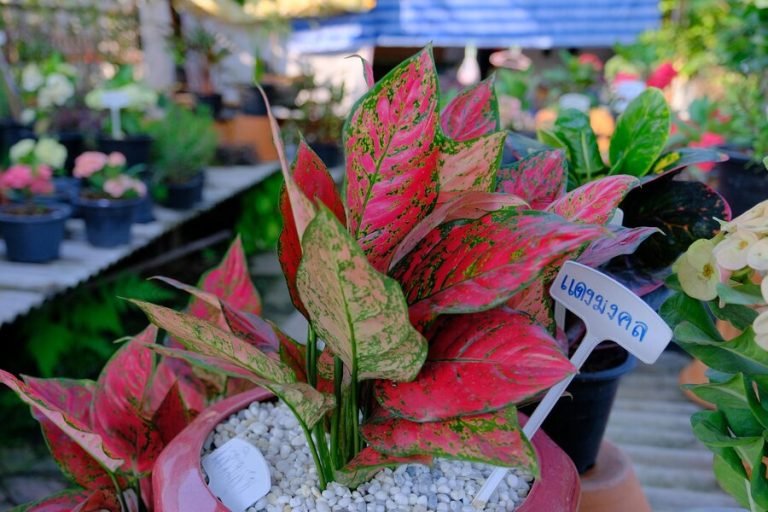Budgeting And Planning: Practical Considerations In Garden Design
Creating a beautiful garden can be a fulfilling endeavor, but it often comes with a price tag. From selecting the right plants to incorporating hardscape elements, every aspect of garden design requires careful budgeting and planning. By approaching your garden project with practical considerations in mind, you can achieve stunning results without breaking the bank.
To Know More About It Please Click Here
Assessing Your Needs and Wants
Before diving into the design process, it’s essential to assess your needs and wants for your garden. Consider how you envision using the space – whether it’s for entertaining, relaxation, or growing your fruits and vegetables. By prioritizing your requirements, you can allocate your budget accordingly to areas that matter most to you.
Setting a Realistic Budget
Once you’ve determined your garden’s purpose, it’s time to establish a realistic budget. Consider factors such as the size of your garden, the complexity of the design, and the materials you intend to use. Research the cost of plants, landscaping materials, and any professional services you may require, such as hiring a landscape designer or contractor. Setting a budget early on will help guide your decisions throughout the design process.
Maximizing Resources
When working with a limited budget, maximizing resources is key. Start by assessing existing elements in your garden that can be repurposed or enhanced, such as mature trees, shrubs, or existing structures. Additionally, consider sourcing materials locally or repurposing materials from other projects to reduce costs. By being resourceful, you can stretch your budget further without compromising on quality.
Prioritizing Design Elements
Not all design elements are created equal, and it’s essential to prioritize where to allocate your budget. Consider investing in foundational elements such as soil preparation, irrigation systems, and quality hardscape materials that will provide long-term benefits and durability. While it may be tempting to splurge on decorative features, focusing on essential elements will ensure a solid foundation for your garden.
Phased Implementation
If your budget is tight, consider implementing your garden design in phases. Start with the essential elements that form the backbone of your design, such as layout, hardscaping, and structural planting. As your budget allows, you can gradually add additional features and decorative elements over time. Phased implementation not only spreads out the financial burden but also allows you to refine and adjust your design as you go.
DIY vs. Professional Services
While some aspects of garden design can be tackled as DIY projects, others may require professional expertise. Assess your skills and capabilities honestly and determine which tasks you can handle yourself and which are best left to professionals. Hiring professionals for complex tasks such as grading, irrigation installation, or specialized plant care may ultimately save you time and money by avoiding costly mistakes.
Research and Comparison
Before making any purchases or hiring services, research your options thoroughly and compare prices from multiple suppliers or contractors. Don’t hesitate to ask for quotes or negotiate prices to ensure you’re getting the best value for your money. Additionally, consider alternative options or substitutes that may offer similar benefits at a lower cost. By being proactive and diligent in your research, you can make informed decisions that align with your budget goals.
Flexibility and Adaptability
Finally, remain flexible and adaptable throughout the design process. Unexpected expenses or challenges may arise, requiring adjustments to your original plan. By staying open-minded and willing to compromise, you can navigate these obstacles without derailing your project or exceeding your budget. Remember that garden design is a journey, and the result may evolve beyond your initial vision.
conclusion
budgeting and planning are essential considerations in garden design. By assessing your needs, setting a realistic budget, maximizing resources, prioritizing design elements, and being strategic in implementation, you can create a beautiful and functional garden without overspending. With careful planning and prudent decision-making, your garden dreams can become a reality within your budget constraints.







